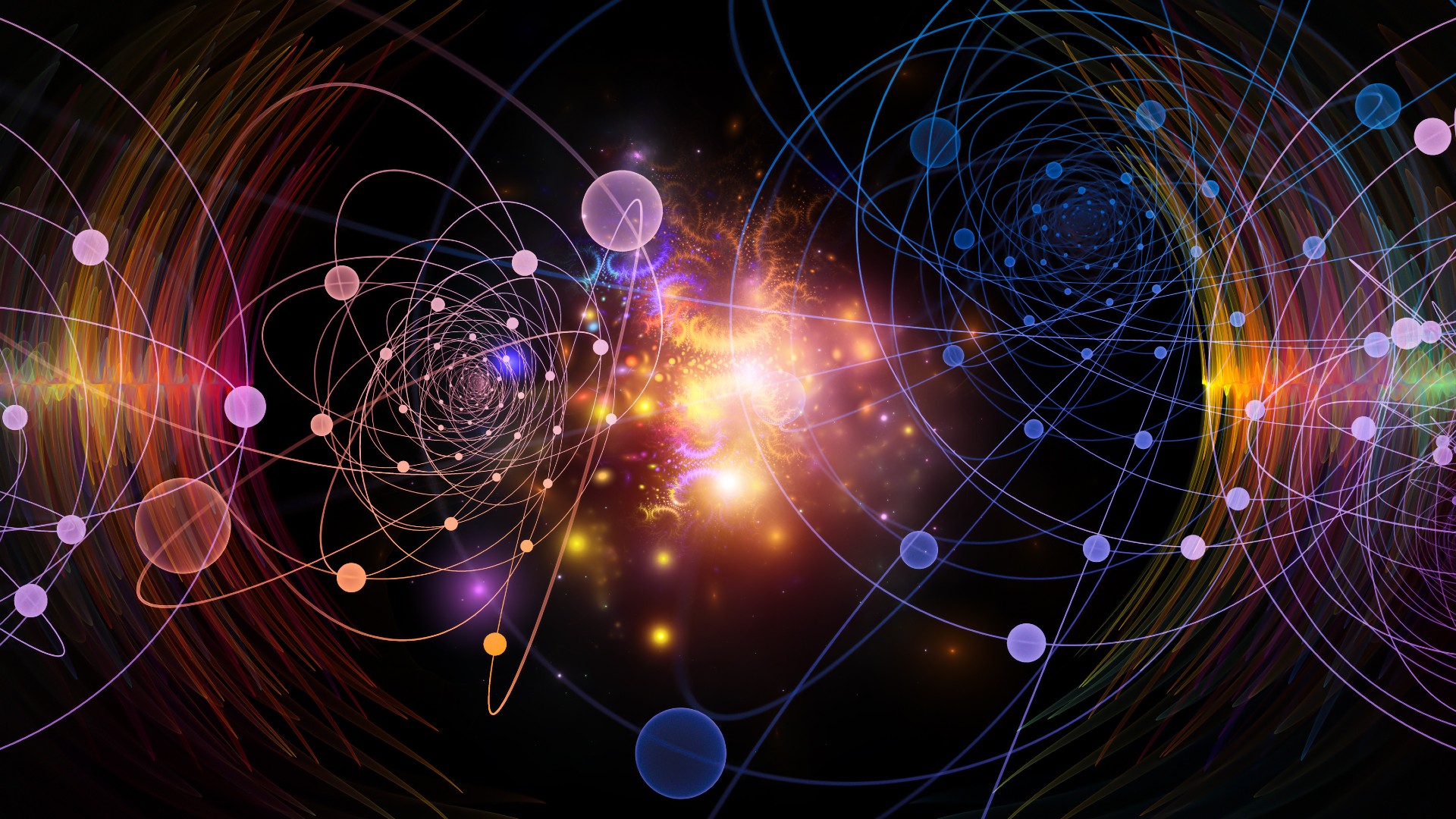In the realm of quantum computing, the concept of quantum information emerges as a fascinating and intricate tapestry woven from the fundamental principles of quantum mechanics. Unlike classical information, which can be as straightforward as the binary digits represented by 0s and 1s, quantum information possesses an ethereal quality—much akin to a delicate web of possibilities and probabilities, spinning itself into existence through the dance of quantum states.
At the heart of this intriguing domain lies the notion of a qubit, the basic unit of quantum information. A qubit is not merely a binary state; it embodies the superposition principle—wherein it can inhabit both states (0 and 1) simultaneously. To illustrate this, one could liken a qubit to a spinning coin, hovering in that fleeting moment between heads and tails. Until it lands, it embodies all potential outcomes, embodying a realm of uncertainty that classical bits cannot approach.
The ability to exploit superposition paves the way for quantum parallelism. By processing multiple possibilities at once, quantum computers challenge the very nature of computation. Traditional computers operate sequentially, whereas their quantum counterparts can perform various calculations in tandem, much like an orchestra playing multiple harmonious notes to create a symphony of solutions. This parallelism offers unprecedented speed and efficiency in solving complex problems, making quantum information a cornerstone of their potential.
Entanglement, another defining characteristic of quantum information, adds further complexity to this already rich landscape. When two qubits become entangled, their states become interdependent, regardless of the distance separating them. This phenomenon is famously illustrated by the concept of “spooky action at a distance,” a term coined by Albert Einstein. The implications of entanglement are profound; it allows for instantaneous information transfer between entangled particles, leading to applications in quantum communication and cryptography that promise to revolutionize the way we exchange information securely.
Yet, it is essential to understand that quantum information is fragile. The intricate quantum states are easily disturbed by their environment, a challenge known as decoherence. To protect quantum information, various methods such as quantum error correction and fault-tolerant quantum computing have been developed, analogous to inserting protective barriers around a delicate painting to shield it from the ravages of time. Understanding and managing decoherence is crucial for the realization of practical quantum computers capable of outpacing classical counterparts.
Quantum gates function as the building blocks of quantum circuits, manipulating qubits to enact quantum algorithms. These gates operate on the principles of unitary transformations, allowing complex operations to be executed on quantum states. Much like a conductor guiding an orchestra through precise crescendos and diminuendos, quantum gates orchestrate the delicate interactions among qubits, enabling sophisticated computations such as Shor’s algorithm and Grover’s search algorithm. These algorithms exemplify how quantum information can be harnessed to solve problems exponentially faster than any classical process.
In addition to theoretical advancements, the physical realization of quantum computers necessitates a diverse array of implementations—superconducting qubits, trapped ions, topological qubits, and photonic systems, to name a few. Each implementation seeks to harness the principles of quantum mechanics while adhering to their unique strengths and weaknesses. For instance, superconducting qubits offer rapid operation and scalability, while trapped ion systems excel in coherence times. The pursuit of a universal and practical quantum computer remains a captivating expedition, attracting physicists, computer scientists, and engineers alike.
The implications of quantum information extend far beyond mere computational prowess. Quantum cryptography, for instance, leverages the principles of quantum mechanics to ensure secure communication channels impervious to eavesdropping. The paradigm shift it offers renders traditional encryption methods obsolete, promising a future where the very fabric of data security is redefined. In this digital age, where personal and institutional data is sacrosanct, quantum information stands as a sentinel at the gates of cybersecurity.
Furthermore, quantum information theory delves deeper into the foundations of information itself, establishing connections between quantum mechanics and information theory. It questions the nature of information, exploring concepts such as quantum entropy and the limits of information encoding and transmission in quantum systems. This inquiry is reminiscent of philosophers contemplating the essence of existence—what does it mean to possess knowledge when that knowledge can be entangled and non-local?
In sum, quantum information is not merely a tool of computation; it is a philosophical inquiry into the nature of knowledge, reality, and the universe itself. As researchers venture further into this quantum frontier, they carry with them the weight of human curiosity and ambition, striving to unveil the potential encapsulated within the fragile states of qubits. With each breakthrough, the allure of quantum information deepens, inviting us to ponder the tantalizing possibilities that lie ahead. The journey through the quantum realm reflects our relentless pursuit of understanding and mastery, fueling an age where the melding of information, technology, and the fundamental laws of nature intertwine in ways previously unforeseen.












